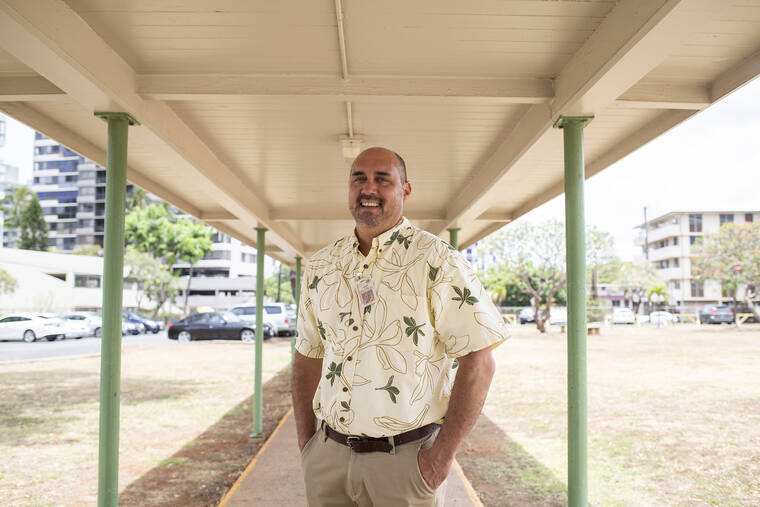Talk about a leap of faith.
Some $200 million in taxpayer dollars have just been allocated to a new, untested state agency — the School Facilities Authority — that got its first executive director less than three months ago to launch operations. The primary mission, under House Bill 2000: to start expanding access to pre-kindergarten for toddlers, toward ultimately fulfilling a 2020 state law for preschool access to all 3- and 4-year olds by 2032.
The $200 million may be used to build new school facilities; renovate and expand existing school facilities to increase pre-K capacity; and any other costs to increase pre-K capacity.
It will be a tall order — one that must include benchmarks for progress, as well as full transparency to ensure that funds are being well spent.
The School Facilities Authority (SFA) was created last year by the Legislature, frustrated over the chronic repair backlog by the Department of Education’s school facilities branch — now exceeding 4,600 repair projects, totaling nearly $1.5 billion.
Creating the SFA, then, was a sad acknowledgement of sluggish bureaucracy bogging down necessary progress to optimize school facilities. The new agency hopes to operate in tandem with the DOE establishment — but very notably, its executive director, Chad Keone Farias, says SFA answers directly to the governor, not to the schools superintendent nor the Board of Education.
It certainly will be a navigational feat as Farias and SFA pursue school spaces to convert for preschool use and to innovate multipurpose spaces. Though lacking a construction background, Farias has had experience rising to challenges: The former Kau-Keaau-Pahoa Complex Area superintendent showed his leadership chops during the 2014 Kilauea lava threat, helping to quickly coordinate the building of a temporary school of portables in a stadium parking lot for 400-plus students.
And he exudes can-do enthusiasm in talking up synergistic ideas — such as whether Waipahu High School could host a preschool classroom as part of a career academy for high schoolers interested in education; or adding a preschool component in proposed multistory, multi-use development projects.
The autonomy that will enable SFA’s nimbleness, however, could also become a point of public concern. It will be necessary to see how and where the new authority will be spending the $200 million — but it’s still uncertain how it will operate, how school construction priorities will be determined, and how it will avoid overlap with the DOE.
Much is riding on the SFA’s success. This path toward universal preschool access is full of potential, if only pitfalls can be avoided.

